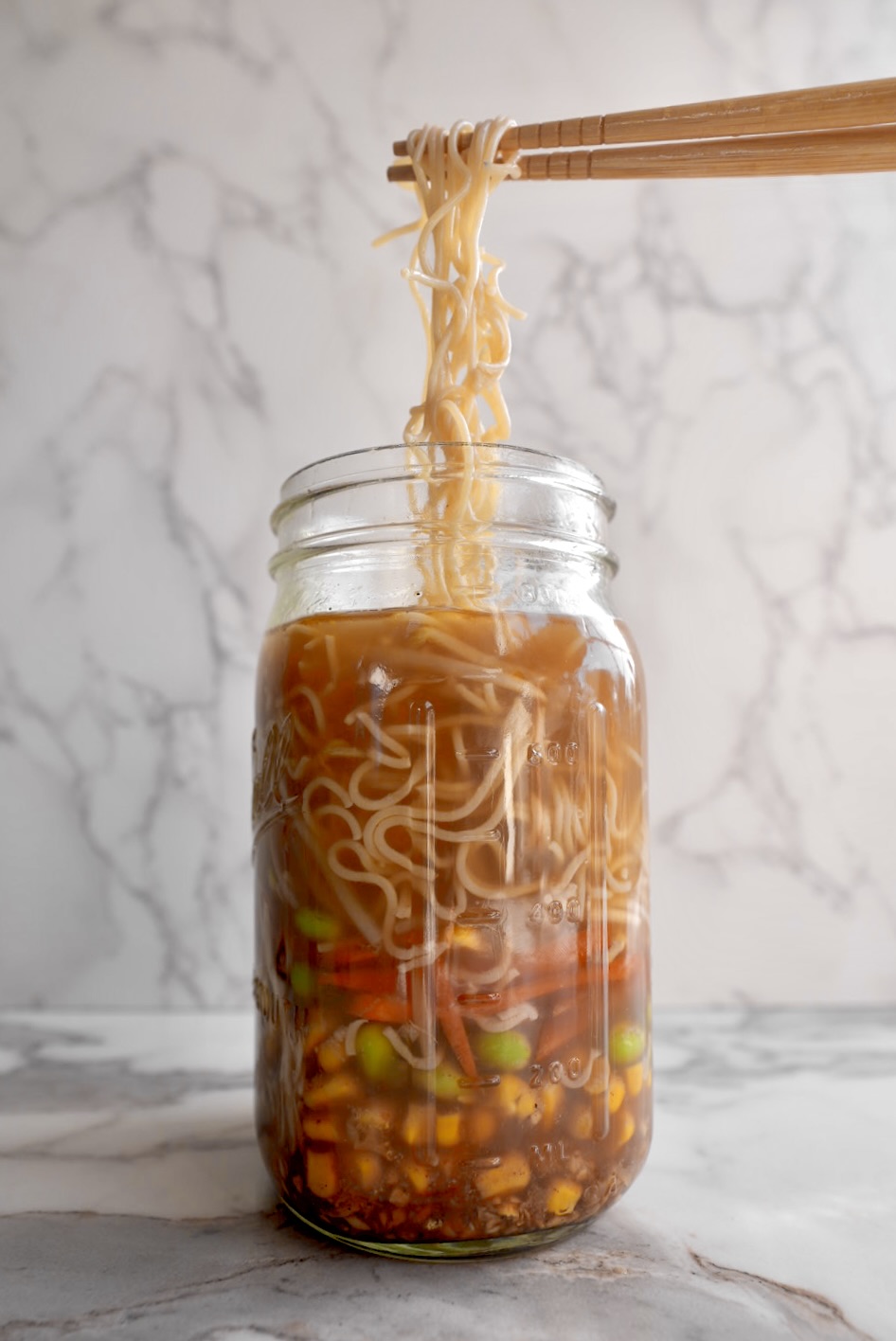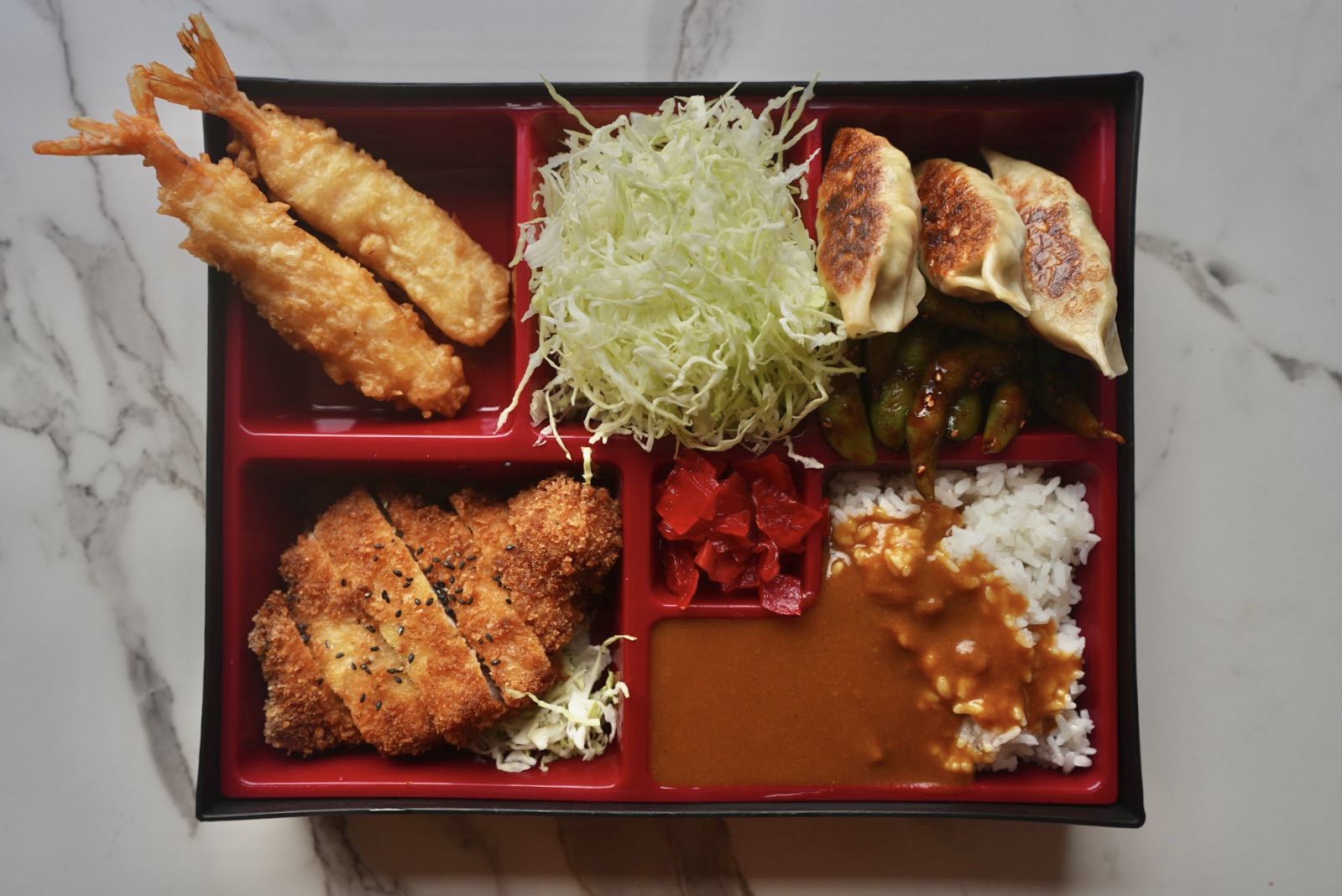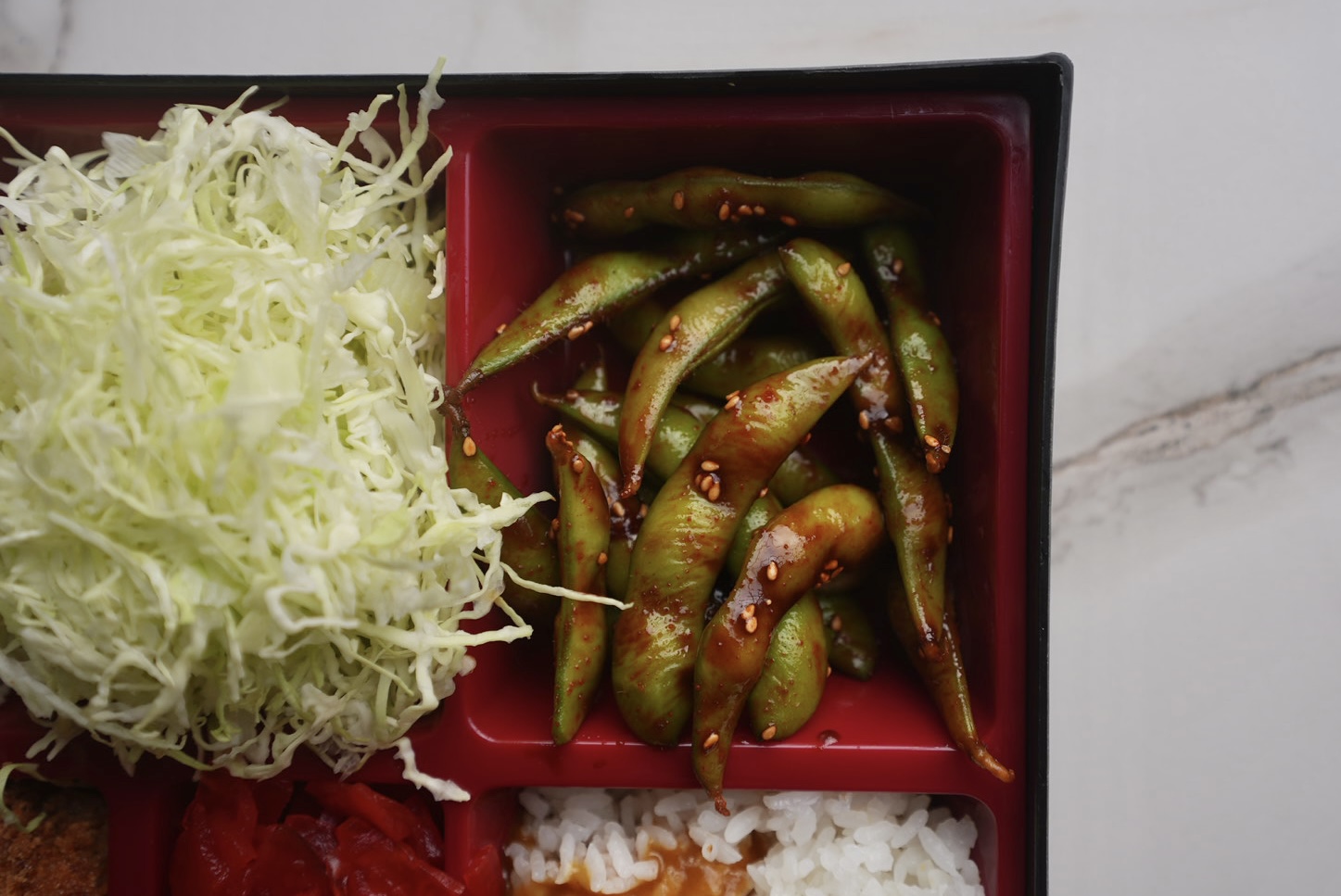Since I could eat solid foods as a baby, natto has been a staple in my diet. It’s also one of the most polarizing yet fascinating culinary experiences in Japan.
This traditional Japanese food, made from fermented soybeans, has a history that spans centuries and a reputation that divides even the most adventurous eaters. But what exactly is natto, and why should you give it a try on your next trip to Japan? Let’s dive into the sticky, pungent world of natto.
Natto is made by fermenting soybeans with Bacillus subtilis, a bacterium found in soil and on plants. The result is a sticky, stringy, and somewhat slimy texture, paired with a strong, distinctive smell that many find challenging at first. Its flavor is often described as nutty, savory, and slightly cheesy, with a hint of sweetness. Natto is typically eaten as a breakfast dish, served over a bowl of steamed rice, and often garnished with soy sauce, mustard, green onions, or raw egg.

Health Benefits of Natto
Beyond its unique taste and texture, natto is celebrated for its impressive nutritional profile. It is packed with protein, fiber, vitamins (especially K2), and minerals.
Natto is also rich in probiotics, which are beneficial bacteria that promote gut health. The fermentation process enhances the bioavailability of nutrients, making natto a highly nutritious addition to your diet.
Vitamin K2 in natto plays a crucial role in bone health by helping to regulate calcium in the body. Additionally, natto contains nattokinase, an enzyme that has been shown to support cardiovascular health by breaking down blood clots and improving blood flow.


Natto (納豆)
- Total Time: 5 minutes
Description
Natto is a traditional Japanese food made from fermented soybeans, known for its sticky texture, strong smell, and rich, savory flavor, often enjoyed for its numerous health benefits.
Ingredients
- 1 natto box
- Your pairing of choice (white rice, toast, salad)
Instructions
- Mix Well: Stirring natto vigorously can improve its texture and bring out its flavors. The more you mix, the more the sticky strings will form, which is a hallmark of well-prepared natto.
- Add Toppings: Enhance the flavor by adding condiments like soy sauce, mustard, chopped green onions, or a raw egg yolk. These additions can help balance the strong taste of natto.
- Pair with Rice: Serving natto over a bowl of hot steamed rice can mellow its intense flavor and provide a more balanced taste experience. If eating natto on its own is too challenging, try incorporating it into other dishes. Natto can be added to salads, miso soup, omelets, or even sushi rolls.
- Prep Time: 5 minutes
Nutrition
- Serving Size: 1







I have heard natto is so nasty, but I want to start eating it because of the crazy health benefits.
It’s definitely an acquired taste haha – but yes, very healthy!
I appreciated how this didn’t pretend natto is easy for everyone — the honesty made it approachable. But still scared to try haha
Hahaha totally! It can take a while to get used to the smell and flavor 🙂 and texture… haha